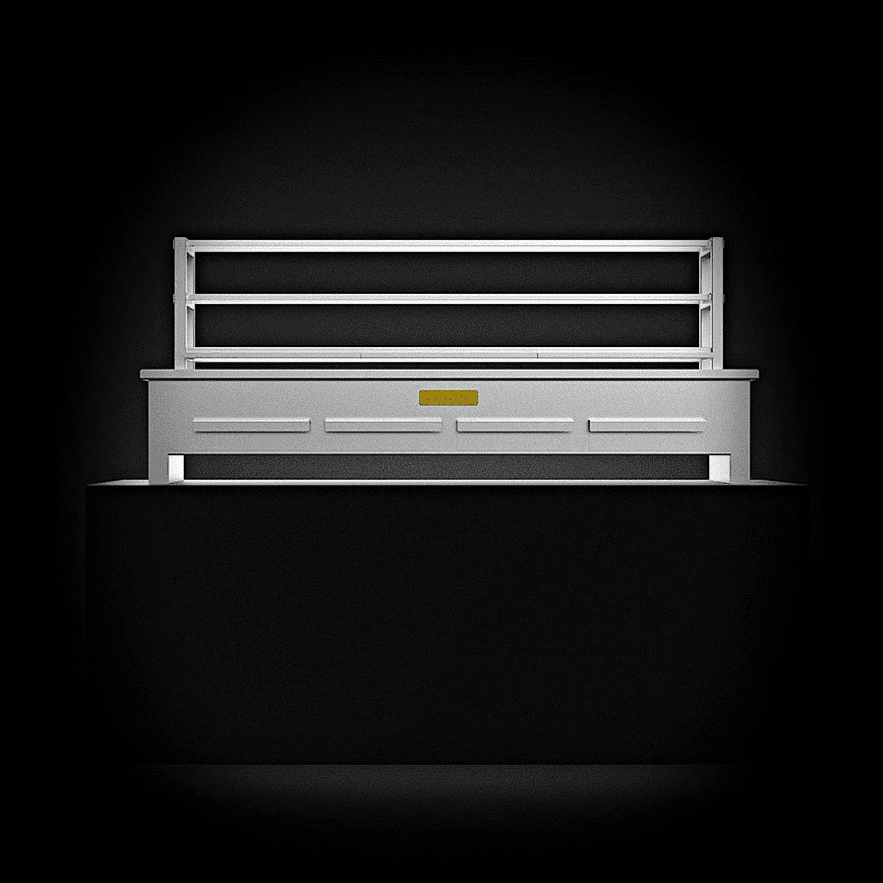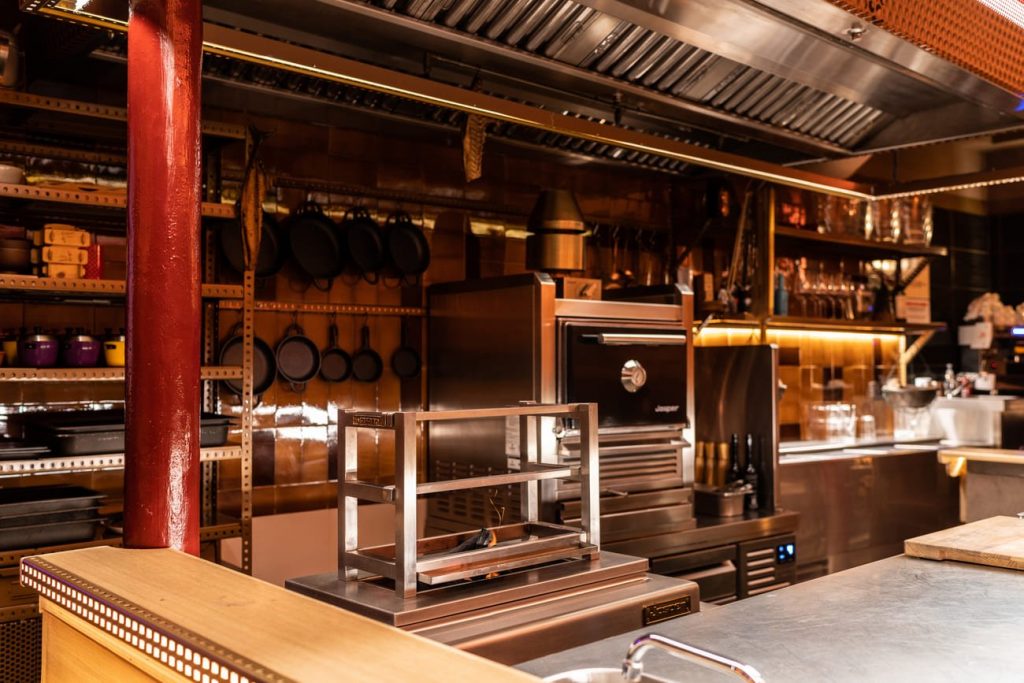Robata, the Japanese grill
By now you have probably heard a thousand times about the concept of robata, the Japanese style of grilling, an ancient tradition that originated with Japanese fishermen. They used small boxes in their boats, burning charcoal to cook their lunch each day while they fished. While the cooking method has remained largely unchanged over the centuries, what has changed today in robata-style kitchens around the world is the modern interpretation of some of the most prized dishes from the land of the rising sun… and the local dishes.
There are basically seven techniques for preparing dishes in Japanese cuisine: steaming, frying, raw, sushi, tempura, sweet and robata. Robata, as we already mentioned, is the Japanese grilling style, where small portions of food are cooked with binchotan charcoal, which produces very high temperatures without flames and also gives the food a special aroma.

Robata, synonymous with cosmopolitan cuisine
Robata is becoming more and more common here in Spain, and anyone who travels to the most gastronomically advanced cities will find them everywhere. In New York, Paris, Tokyo, London, Madrid, and various other cities, you will find many renowned chefs, awarded with Michelin stars or revered by their peers, who have now started preparing dishes in the robata style. Throughout the world’s major cities, robata restaurants offer a wide variety of unimaginable local dishes, always prepared using the traditional robata cooking techniques, with a touch of contemporary flavours that appeal to today’s diners. And of course, with the best local products. Fresh meats, seafood, fish and vegetables are the key ingredients in robata cooking.
Robata restaurants
Whether in the style of yakitori taverns or neighbourhood izakayas, the kind of after-work establishments where people go to relax and socialise with their friends, ordering drinks and sharing plates of food, a robata kitchen is always a hit. Showing diners how the dishes are prepared little by little is also part of the show-cooking experience.

The robata is currently on trend. Many restaurants are basing their menus on this ancestral return to the origins of cooking, where embers add their unique flavours to the various dishes. Kitchens with very urban and contemporary robata equipment, based on Japanese tradition, but with distinctly Western touches. In Spain, for example, the robata style of cooking has a very Mediterranean feel. Fusion cuisine is almost a global trend in the world of gastronomic grilling.

How do you cook with a robata?
As we already mentioned, the robata is powered by charcoal as an energy source, adding flavour to the food. Robatas are built so you can cook over the embers from various different levels, which provides a versatile range of cooking options. The various heights obviously offer different cooking temperatures and various levels of closeness to the flames, which are always smaller with binchotan coal.
Another fundamental factor in robata cooking is the way the food portions are cut. It is essential that the pieces are cut specially to a particular size so they can be grilled evenly and easily turned. A single turn will generally be enough to ensure that the food remains juicy on the inside. But at the same time, they should ideally have a crispy texture, a golden colour and even a caramelised coating on the outside. This is achieved thanks to another special feature of the robata style of cooking, namely the option of brushing or coating portions of food with sauces of various kinds: soy sauce, miso sauce, etc. The truth is that chefs require a great deal of kitchen experience to produce well-made dishes with a robata.

Robata accessories
There are not a great deal of robata accessories, but they are nonetheless very important: firstly, the tongs, a basic tool for handling and turning the food; then there is another basic tool, the skewer supports, where you can can place your skewers; another essential element is the tempering rack, which stops the food getting cold; and finally, of course, there’s the grease trap. Cleanliness, first and foremost.
Robata skewers for everyone
The robata style is suitable for many types of dishes and servings, but robata skewers (small portions of food joined together by skewers) are the star of the show. And anything goes for grilled skewers on a robata; starting with meat and Japan’s most famous skewer, the yakitori (chicken skewers, essential in any self-respecting robata restaurant), beef (sirloin steak, beef meatballs, tender wagyu), pork (such as Iberian pork), lamb (ribs) or game, and then there are vegetables of all kinds (from corn on the cob, padron peppers, green asparagus skewers, vegetable rice, cherry tomato skewers, etc.), fish (salmon skewers) and, of course, shellfish (prawns, scallops, carabinero shrimp, squid, octopus, etc.). Anything is possible with the robata. In short, cooking in a robata must above all comply with the basic precepts of Japanese cuisine, i.e. fresh, flavourful food, prepared using natural cooking techniques, where the ingredients never lose their original aroma, and dishes that are enjoyed with all five senses. It’s incredible.

The Josper robatas
We wouldn’t want to leave you without talking about the three types of Josper Robatas: the charcoal grills for Japanese robatayaki style cooking that, of course, offer various grilling levels, including different types of accessories for working with charcoal skewers, Teppanyaki grills and other utensils. With the Josper Robatagrill, chefs can prepare their dishes while diners enjoy themselves around the open grill; a true culinary spectacle. And they are available in three sizes, so perfect for all types of restaurants.
And now let’s make a toast with some sake and enjoy the wonderful food prepared with the robata.



